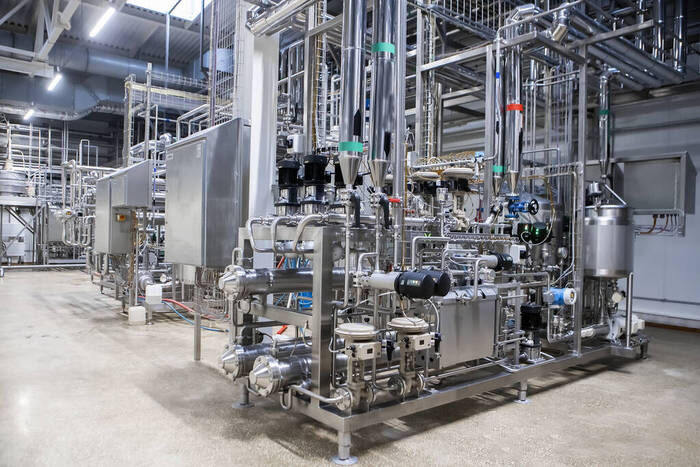17-4PH is a martensitic precipitation hardening stainless steel. The performance characteristic of 17-4PH is that it is easy to adjust the strength level, which can be adjusted by changing the heat treatment process. The formation of the precipitation hardening phase by martensitic transformation and aging treatment is its main strengthening method. 17-4 has good pH attenuation performance, strong resistance to corrosion fatigue and water droplets.
Specifications |
In stock, can be customized according to customer requirements |
Form |
Plate, Strip,Bar,Tube |
Classification |
Precipitation Hardened Steel |
1)Chemical Composition
Alloy |
% |
C |
Mn |
Si |
P |
S |
Cr |
Ni |
Cu |
Fe |
Nb |
17-4PH |
Min |
|
|
|
|
|
15.5 |
3 |
3 |
Balance |
0.15 |
Max |
0.07 |
1 |
1 |
0.04 |
0.03 |
17.5 |
5 |
5 |
0.45 |
2)Physical properties:
Alloy |
Tensile strength Rm N/mm2 |
Yield strength |
Elongation δ5 % |
Brinell hardness(HB) |
480℃aging |
≥1310 |
≥1180 |
≥10 |
≥40 |
550℃aging |
≥1310 |
≥1180 |
≥10 |
≥40 |
580℃aging |
≥1310 |
≥1180 |
≥10 |
≥40 |
620℃aging |
≥1310 |
≥1180 |
≥10 |
≥40 |
The corrosion resistance of the17-4PH alloy plateis better than that of any other standard hardenable stainless steel plate. In most cases, its corrosion resistance is no less than 304.
The tempering temperature of the 17-4PH alloy plate in chloride medium is 550°C-1022F.
The tempering temperature of the 17-4PH alloy plate in H2S medium is 590°C-1094°F.
17-4PH alloy platesare susceptible to corrosion or crack corrosion in static seawaterThe corrosion resistance of 17-4PH alloy plates in the petrochemical, food processing, and paper industries is the same as that of 304L grade.
17-4PH alloy platesare widely used in offshore platforms, helicopter decks, other platforms, the food industry, the pulp and paper industry, aerospace (turbine blades), mechanical components, and nuclear waste barrels.

The manufacturing process of stainless steel and alloys involves multiple steps to transform raw materials into flat,rectangular sheets or plates made of stainless steel and alloys. Here are a few key steps for stainless steel and alloys:

Molten stainless steel and alloys are cast into large ingots or billets through a casting process.

During the hot rolling process,the thickness of the steel ingot is gradually reduced and elongated to form long strips or coils.

Annealing involves heating stainless steel and alloys to a specific temperature and then slowly cooling it.

Cold rolling is carried out through rolling mills to reduce thickness to meet customer specifications.
Wuxi Walmay Metal Co,Ltd is a comprehensive processing group of Alloy Steel、Forged Parts Fitting、Titanium Alloy、Stainless Steel、Special Welding Wireseries, and more than 800 specifications.
Our group has been engaged in the domestic and global market for more than ten years with rich steel experience and can offer professional advice for customers inapplications with different materials.
Machine cutting
Sheet cutting
plasma cutting
Dynamic waterjet cutting
sawing
Plank leveling
polishing
laser cutting
laser cutting
production cutting
Long product cutting
Bar and structural cutting
polishing
Heat treatment and annealing: Wuxi Walmay Metal can heat treat certain 400 series stainless steels.
Material Reliability Identification (PMI): Wuxi Walmay Metal can complete this testing in-house.
Ut Testing: Ultrasonic testing (UT) uses high-frequency sound energy to inspect and measure stainless steel products.
Our professional sales team answers your questions within 24 hours.
Copyright © Wuxi Walmay Steel Co.,Ltd All Rights Reserved